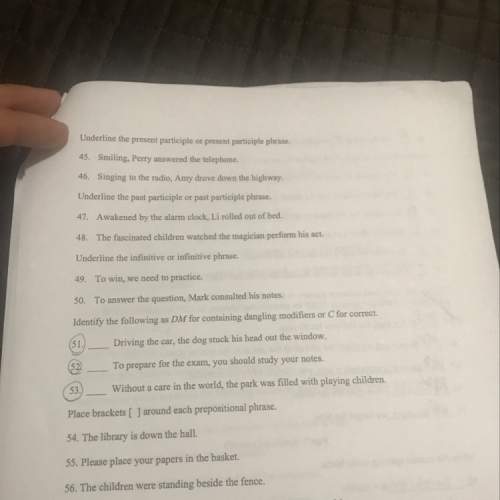
There never was a time when the world was without fire, but there was a time when men did not know how to kindle fire; and after they learned how to kindle one, it was a long, long time before they learned how to kindle one easily. In these days we can kindle a fire without any trouble, because we can easily get a match; but we must remember that the match is one of the most wonderful things in the world, and that it took men thousands of years to learn how to make one. Let us learn the history of this familiar little object, the match.
Fire was first given to man by nature itself. When a forest is set on fire by cinders from a neighboring volcano, or when a tree is set ablaze by a thunderbolt, we may say that nature strikes a match. In the early history of the world, nature had to kindle all the fires, for man by his own effort was unable to produce a spark. The first method, then, of getting fire for use was to light sticks of wood at a flame kindled by nature—by a volcano, perhaps, or by a stroke of lightning. These firebrands were carried to the home and used in kindling the fires there. The fire secured in this way was carefully guarded and was kept burning as long as possible. But the flame, however faithfully watched, would sometimes be extinguished. A sudden gust of wind or a sudden shower would put it out. Then a new firebrand would have to be secured, and this often meant a long journey and a deal of trouble.
In 1827, John Walker, a druggist in a small English town, tipped a splint with sulphur, chlorate of potash, and sulphid of antimony, and rubbed it on sandpaper, and it burst into flame. The druggist had discovered the first friction-chemical match, the kind we use to-day. It is called friction-chemical because it is made by mixing certain chemicals together and rubbing them. Although Walker's match did not require the bottle of acid, nevertheless it was not a good one. It could be lighted only by hard rubbing, and it sputtered and threw fire in all directions. In a few years, however, phosphorus was substituted on the tip for antimony, and the change worked wonders. The match could now be lighted with very little rubbing, and it was no longer necessary to have sandpaper upon which to rub it. It would ignite when rubbed on any dry surface, and there was no longer any sputtering. This was the phosphorus match, the match with which we are so familiar.
How does the author develop the idea that humanity's early fire-starting tools may have been dangerous? Please respond in three to five complete sentences, using evidence from the text to support your answer. (5 points)
Your

Answers: 2
Other questions on the subject: English


English, 22.06.2019 01:00, vale2652
Which best explains this excerpt’s purpose in the novel’s plot structure? the excerpt creates conflict between characters as part of the rising action. the excerpt provides background information on a character as part of the exposition. the excerpt returns a character to equilibrium as part of the falling action. the excerpt is the point of greatest tension and acts as the climax.
Answers: 3

English, 22.06.2019 02:30, vallhernandez13
Question 1 translate: i have to eat. question 2 translate: one must study. question 3 to make a good grade, one must pay attention. para sacar una buena nota, prestar atención. question 4 to make money, one must work. para ganar dinero, trabajar. question 5 translate: maria has to talk.
Answers: 2

English, 22.06.2019 02:40, mckayboyd1
How do the authors develop their claim about the effectiveness of restorative justice through examples involving apartheid and the rwandan genocide? cite evidence from the text in your response.
Answers: 3
Do you know the correct answer?
There never was a time when the world was without fire, but there was a time when men did not know h...
Questions in other subjects:

Mathematics, 20.08.2019 03:30

Spanish, 20.08.2019 03:30

Mathematics, 20.08.2019 03:30

History, 20.08.2019 03:30

Mathematics, 20.08.2019 03:30



Computers and Technology, 20.08.2019 03:30









